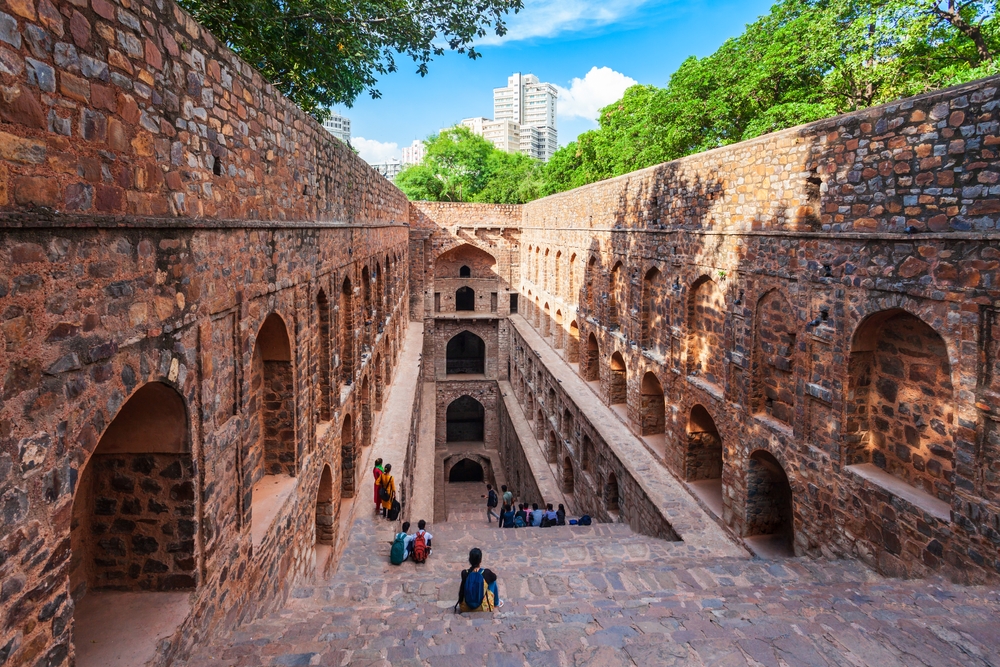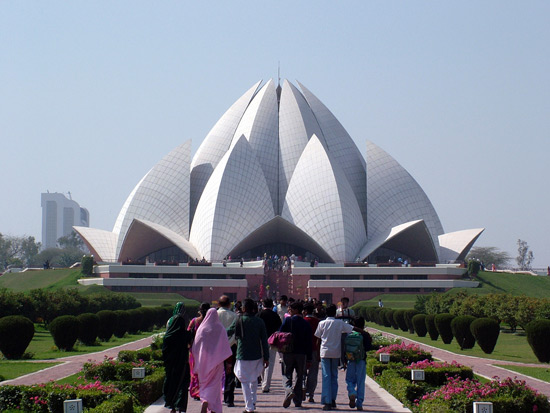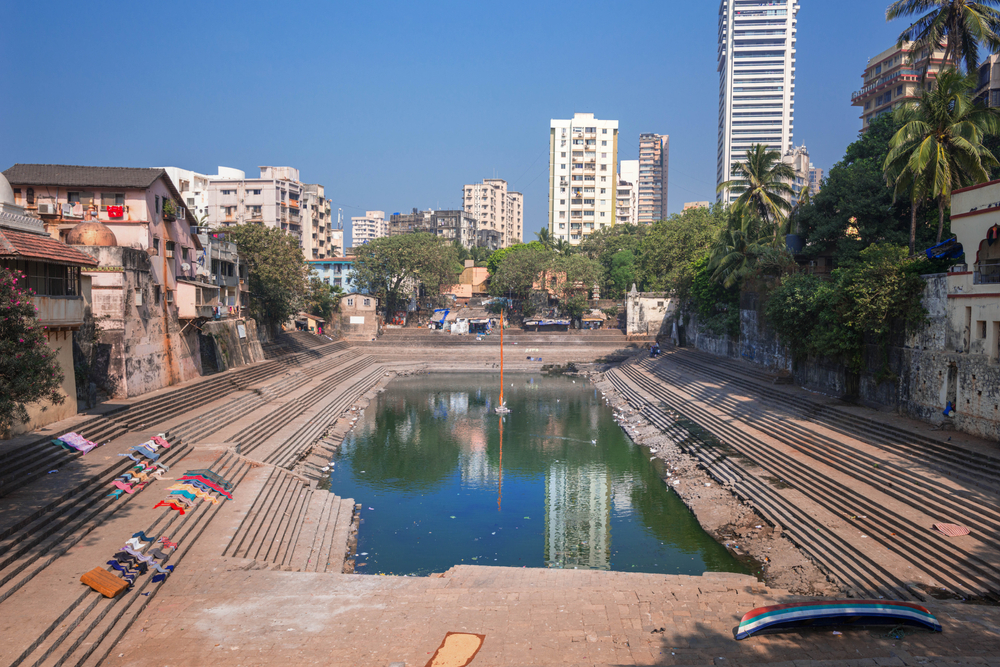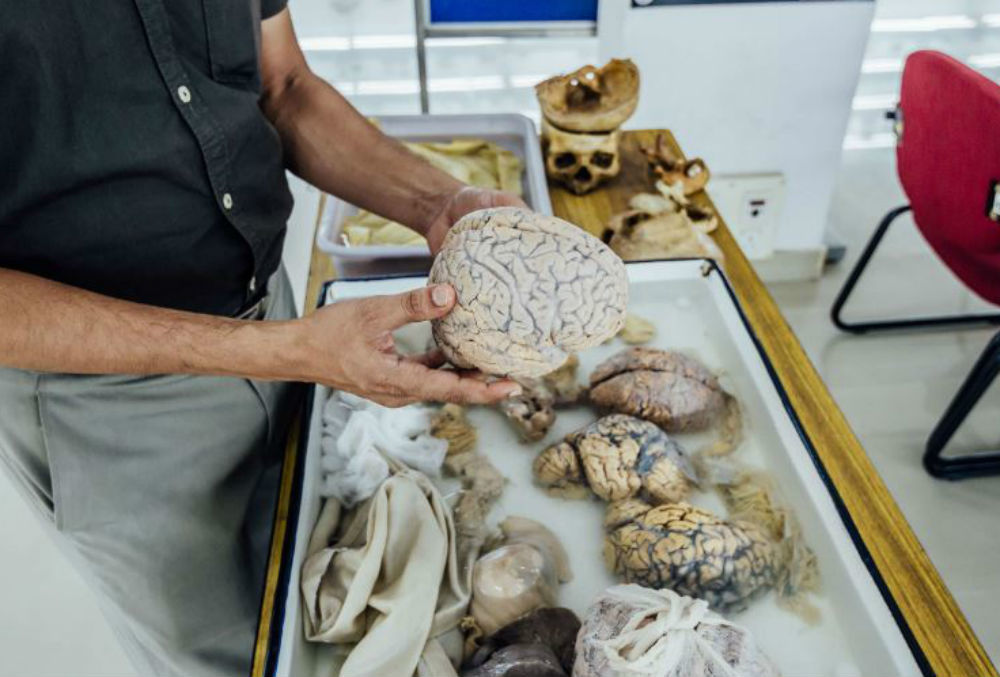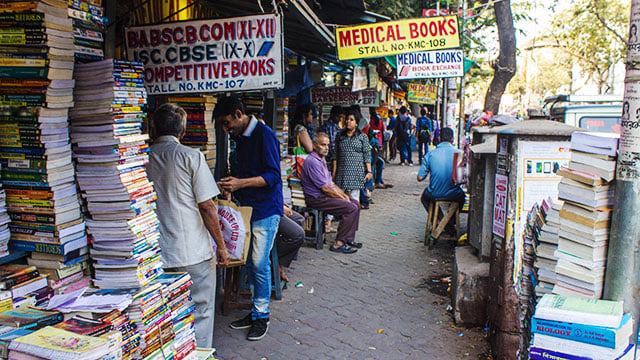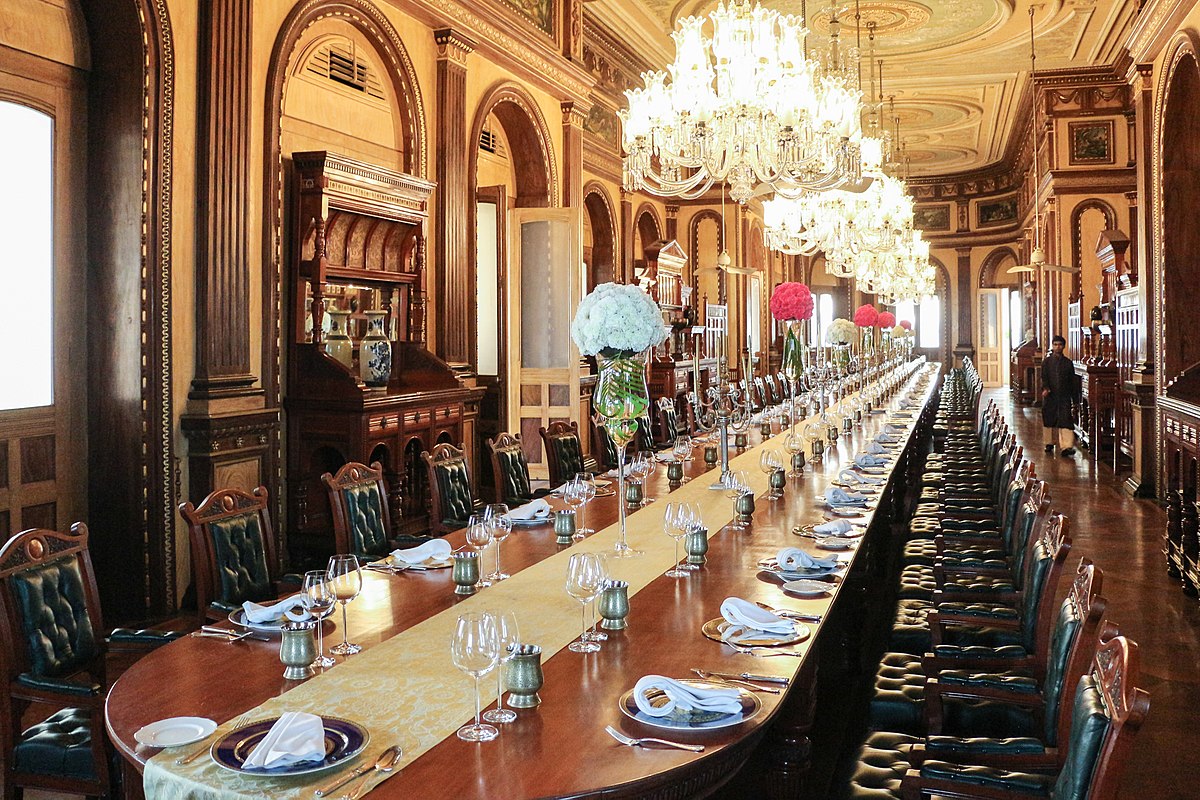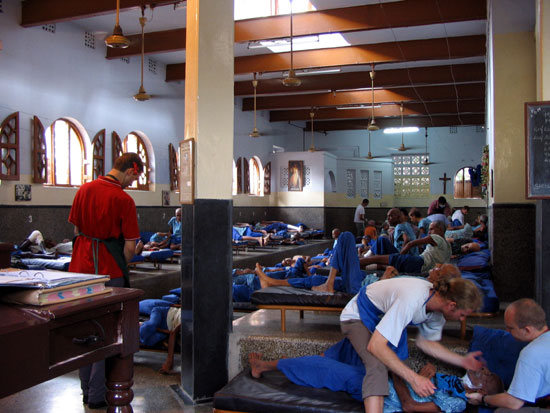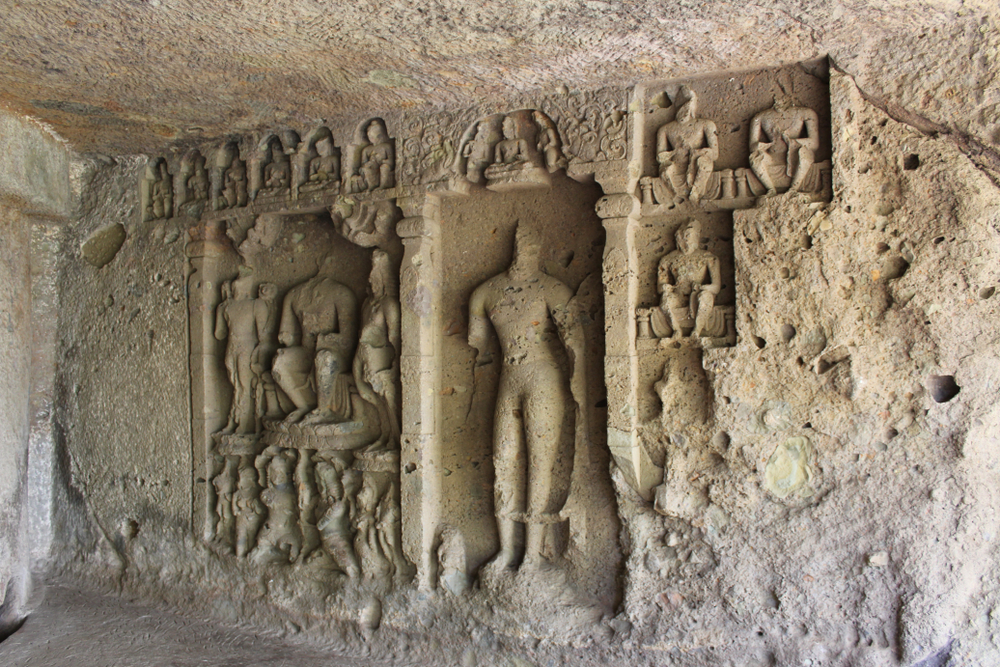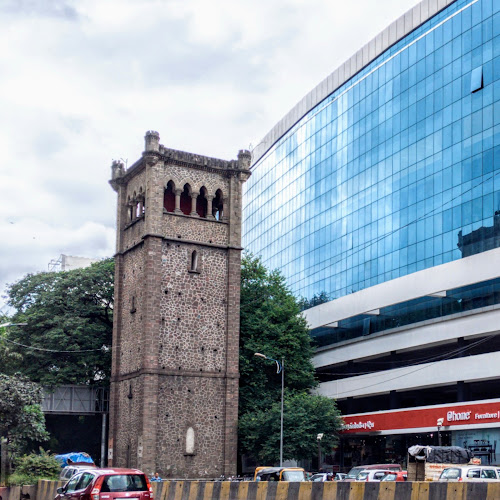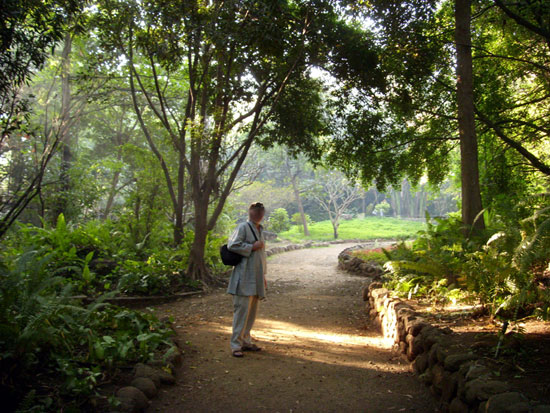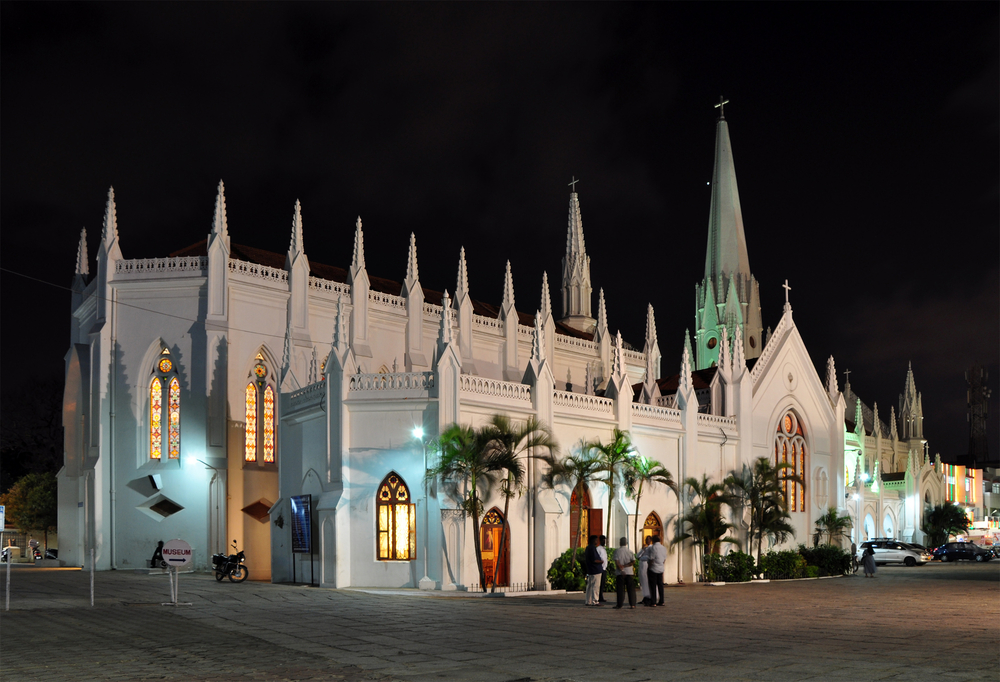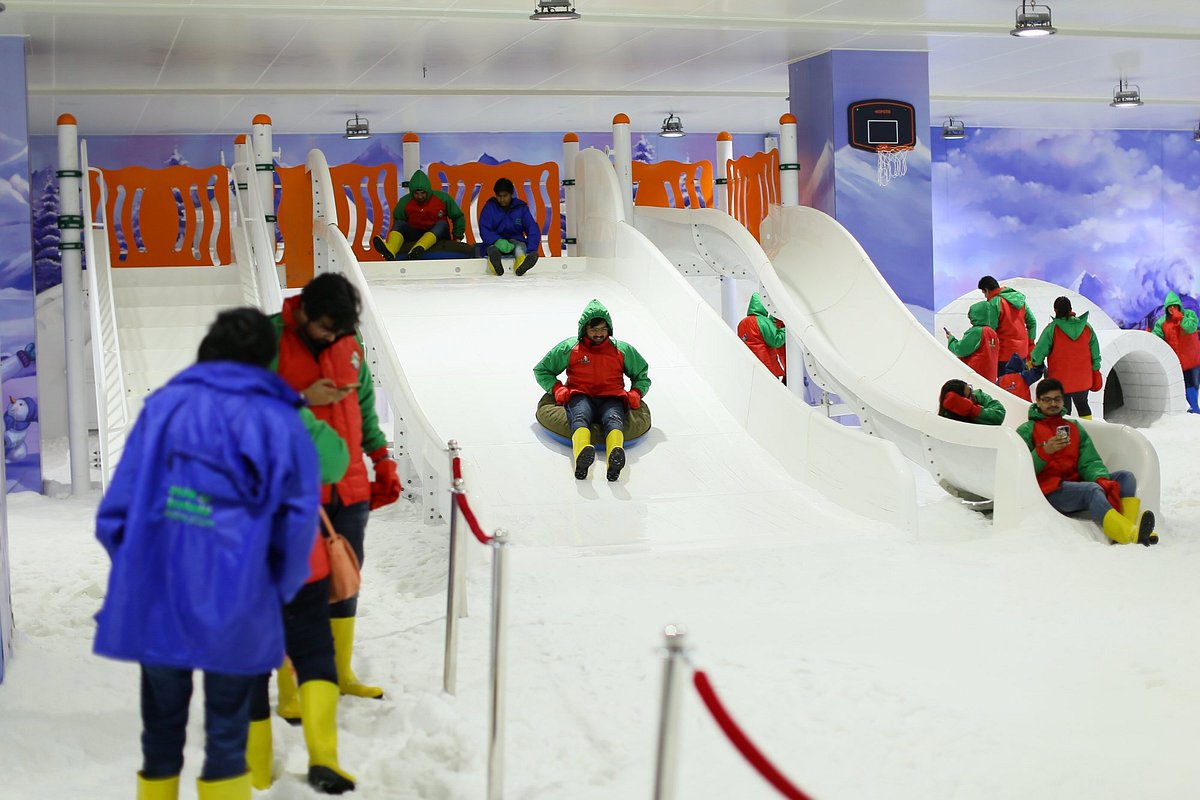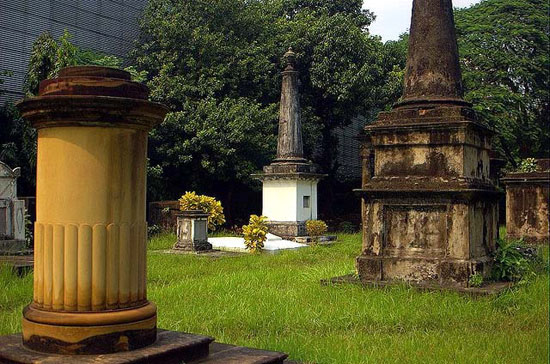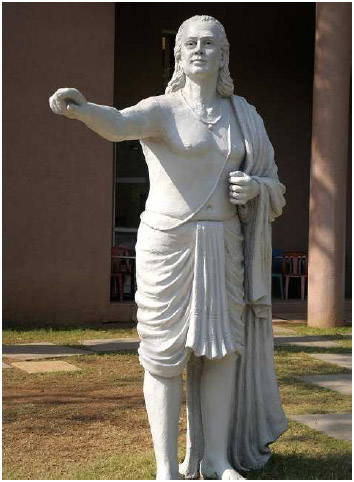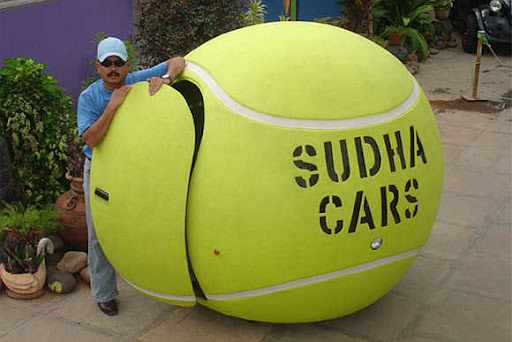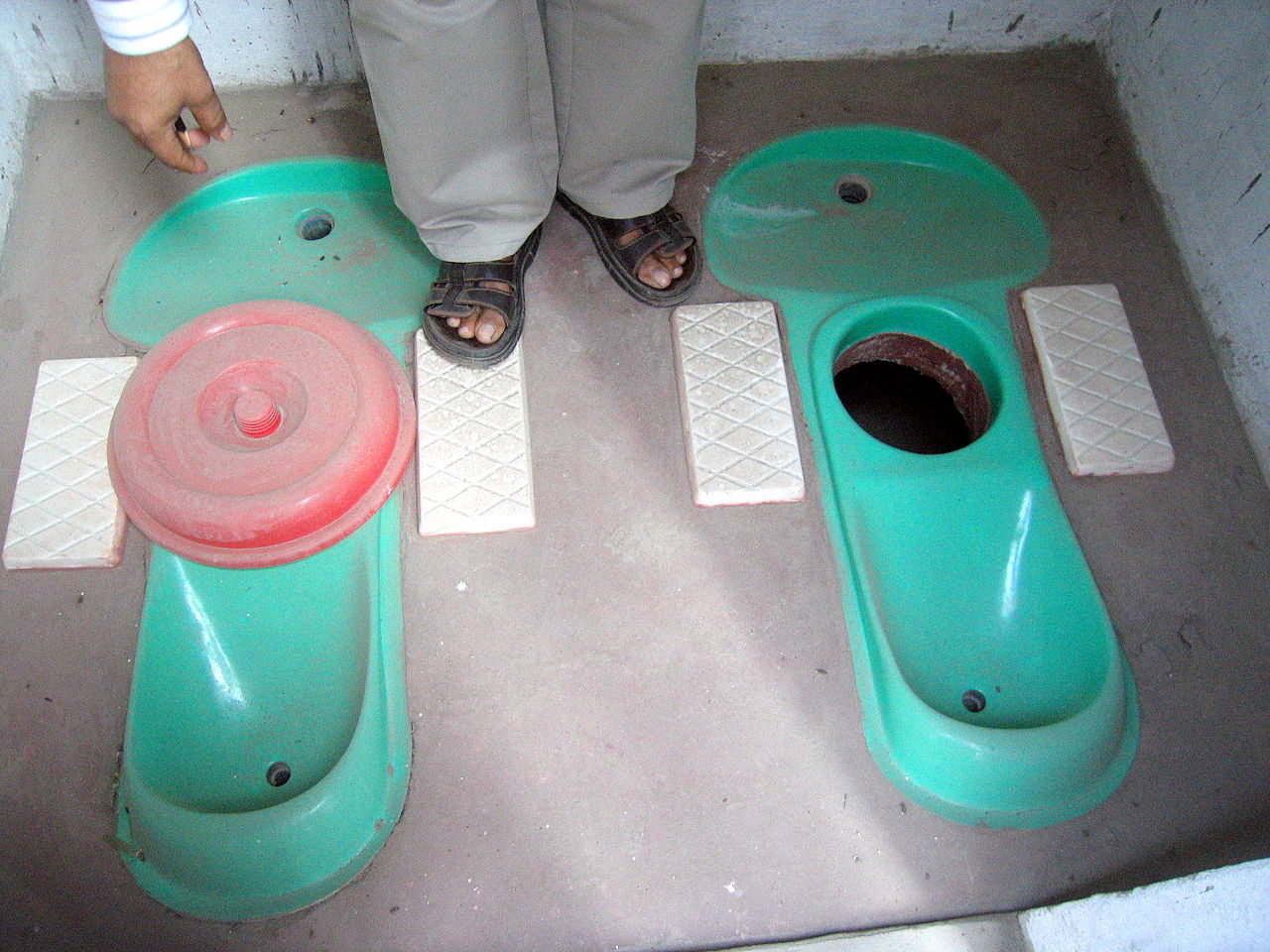Points of Interest
Agrasen ki Baoli
Hailey Road
New Delhi, India
Structures used to harvest water throughout India beginning around 600 CE were called baoli or vav, depending on the region. Also known as stepwells, they feature flights of steps leading underground to deep well shafts that ensured ground water could be reached year-round. Built around the late 14th and early 15th centuries, New Delhi’s Agrasen ki Baoli can be found behind a stone wall in one of the city’s busy commercial areas. It is supposedly named for a legendary king whose existence has never been proven. Today, the stepwell is considered one of New Delhi’s most haunted places.
Bahá'í Lotus Temple
Lotus Temple Road
Kalkaji, New Delhi, India
Commissioned to design a Bahá'í temple in South Delhi, architect Fariborz Sahba conceived a totally original version of the Bahá'í faith's traditional nine-sided temple. His construction, composed of 27 concrete petals clad in white marble, looks like an unfurling flower. Bahá'í is a well-established religion in India, with more than two million followers. Sahba, an architect based in Canada but born in Iran, traveled across the country studying traditional temple designs. His Lotus Temple, as it is popularly known, offered unique challenges to the construction team. As temperatures in Delhi rose, the builders worried that the concrete would not set-they solved that problem by adding ice to the cement. The resulting building, impressive from the outside, is equally striking inside, with worshippers practicing in total silence. Since its completion in 1986, it has attracted more than 50 million visitors.
Banganga Tank
Banganga Cross Lane
Teen Batti, Malabar Hill
Mumbai, India
Within the upscale neighborhood of Malabar Hill in Mumbai, Banganga Tank is one of the city’s oldest and most sacred Hindu sites. Part of the Walkeshwar Temple, the large rectangular water tank encircled by stairs was built in 1715. According to legend, the Hindu god Rama created the tank when he shot an arrow into the ground and water came gushing out. Although the Ganges River is far north of Mumbai, it was believed to be the source of the water. The name Banganga is derived from the Sanskrit word bana meaning “arrow” and ganga referring to the Ganges River. Today, the tank is used as a local swimming hole.
Brain Museum
Room 002, Neurobiology Research Center
National Institute of Mental Health and Neurosciences
Hosur Main Road
Bangalore 560029, India
The National Institute of Mental Health and Neurosciences (NIMHANS) Neuropathology Department is home to the Brain Museum, which opened to the public in 2010. Visitors can see a variety of brain specimens including those from people who suffered from trauma, a stroke, schizophrenia, HIV, cancer, and birth abnormalities. In addition to brains, the museum also displays human fetuses, hearts, eyeballs, lungs, spinal cords, and other organs.
Burma Bazaar
Chennai Beach Railway Station
North Beach Road
Chennai 600001, India
Started in the late 1960s by Burmese refugees, Burma Bazaar is in Chennai’s historic George Town neighborhood right outside Chennai Beach Railway Station. It has a variety of stalls offering a wide range of products such as DVDs, perfume, cell phones, cameras, televisions, leather goods, luggage, toys, housewares, and more. Be sure to bargain with sellers for the best deals. In addition, there are many street food vendors in the area.
College Street
College Street, between Mahatma Gandhi Road and Bowbazar Crossing
Kolkata, India
The world’s largest secondhand book market is found along Kolkata’s College Street. Nicknamed Boi Para, meaning “Book Town,” the area includes many of Kolkata’s academic institutions. In addition, the stretch is home to India’s largest publishing houses and hundreds of bookstores ranging from large shops to street vendors. Shoppers can find first editions, discontinued publications, rare books, and bargain prices.
Falaknuma Palace
Engine Bowli
Fatima Nagar, Falaknuma
Hyderabad 500053, India
Once the home of Hyderabad's high-ranking dignitaries, Falaknuma Palace is a 19th-century mansion now serving as a hotel. Its origins lie in the late-Victorian period, when a British architect conceived of an extravagant Italianate/Tudor palace with typically Indian features. Its layout is supposed to replicate the posture of a scorpion with its wings spread out. Standing 600 meters (2,000 ft) above sea level, the palace is about 75 m (240 ft) higher than Hyderabad's River Musi; therefore, it is an unmissable feature of the Hyderabadi skyline. For good reason, its name means "mirror of the sky." The palace's dining room features one of the world’s longest permanent dining tables. Stretching 33 meters (108 feet) beneath a line of chandeliers, the table seats up to 101 people who sit on chairs carved from rosewood and covered with green leather. The table is said to be a bit of an acoustic marvel because those seated at opposite ends are still able to easily hear each other. The palace also features a rare books library, gardens, and works of art. Guided tours are available.
Kalighat Home for the Dying
Nirmal Hriday 251 Kalighat Road
Kolkata, India
Mother Teresa converted this crumbling old Hindu temple into a free hospice for the sick in 1952 and it's been serving that function ever since. Its Moghul-style domes and crimped roof give it an unexpected aesthetic appeal, and architecture buffs will want to take some photos. What is also unexpected is the small size of the place, although it was big enough to accommodate a papal visit in 1986. In a city where public healthcare is seriously lacking, the hospice provides free treatment to the terminally sick, allowing them to die with dignity. Critics have accused Mother Teresa herself of compelling patients to make deathbed conversions to Catholicism, but visitors can make their own minds up about the whys and wherefores of Nirmal Hriday.
Mahakali Caves
Mahakali Caves Road
Andheri East, Mumbai, India
On the outskirts of Mumbai, ancient caves carved from black basalt rock were once home to Buddhist monks of the ancient Ashoka Empire. Believed to have been carved between the 1st and 6th centuries, a total of 19 caves and several cisterns were where monks lived and meditated. The chaitya is the site’s main Buddhist shrine and prayer hall, adorned with stupas and statues. Some walls feature carvings of figures and scriptures written in Pali, a language older than Sanskrit. The modern name, Mahakali, is a misnomer referring to the Hindu goddess Kali for which there is a nearby temple.
MGR Film City
Canal Bank Road
Taramani Adyar, Chennai, India
This 28-hectare (70-acre) movie production complex was built by the Tamil Nadu state government to encourage development of the local film industry. Completed in 1994 and named in memory of M.G. Ramachandran, a popular film actor who later became Tamil Nadu's chief minister, it has a film school along with indoor and outdoor shooting locations including replicas of forests, waterfalls and village and urban areas, as well as landscaped Italian, Japanese, and Moghul gardens. A major tourist attraction, it is open to the public for guided tours from 8 a.m. to 8 p.m. daily.
Old Water Tower
Old Mumbai-Pune Highway at north end of Sancheti Bridge
Pune 411005, India
Also known as the Heritage Water Tower, this stone structure dates back more than 140 years. It was originally used to store water for Reach Mansion, located a couple blocks away. Standing topped with four turrets in a modern landscape along one of Pune’s busiest thoroughfares, the tower transports visitors to the past as a reminder of a bygone era.
Osho Ashram
17 Koregaon Park Road
Pune, India
This world famous "meditation resort" has been attracting spiritual seekers from all over the world since the 1970s thanks to its anarchistic, free-love ethic. Its founder, Osho (nicknamed the "sex guru"), is a controversial figure alleged to have been behind a bioterror attack in Oregon in 1984. The complex is nestled in a large expanse of grassland and light forest, very much the ideal surroundings for finding yourself. The interior feels like something from a science fiction movie like Gattaca: all hyper-clean marble walkways, saunas, and meditation clinics. You can book yourself in for a day course of therapy or take the guided tour that happens twice a day. All who wish to join the ashram must take an HIV test or present an HIV negative certificate.
Ramamani Iyengar Memorial Yoga Institute
1107 B/1 Hare Krishna Mandir Road
Model Colony, Pune, India
Some regard this yoga ashram as being the more serious and authentic alternative to the Osho Ashram—you can only attend classes here of you have been practicing yoga for more than eight years. The institute was founded in 1975; its three expansive stories represent the mind, body, and soul. Aside from the intensive yoga and meditation sessions, there is an exhaustive library of almost ten thousand books covering such subjects as Ayurvedic medicine, Buddhist lore, anatomy, and physiology. A quirky aspect of the place is the bust of yoga master Guruji that was crafted by the Queen Mother of Belgium. However, the overall vibe is as tranquil and serene as you would expect.
Santhome Cathedral Basilica
St. Thomas Cathedral Basilica 38 Santhome High Road
Chennai 600004, India
Dating to 1523, Santhome Cathedral Basilica was built by Portuguese colonists atop what some claim is the burial site of Saint Thomas, one of the original 12 apostles of Jesus Christ. Historians believe he was martyred on nearby St. Thomas Mount, where he lived and preached as a Christian missionary. The white Gothic-style church features a towering steeple, ornate interior, stained-glass windows, and arched doorways. A modern chapel in the basement of the basilica is believed to contain a small bone from St. Thomas’ hand and the weapon that killed him. Santhome Cathedral Basilica is one of three churches in the world built atop the tomb of an apostle, with the other two being Vatican City’s St. Peter’s Basilica and Spain’s Cathedral of Santiago de Compostela.
Snow World
Phoenix Market City, Lower Ground Level 58–61
Kurla, Mumbai 400070, India
Snow World is an indoor theme park all about that cold, white stuff for which it is named. Visitors can enjoy a snowy winter-like environment as they participate in fun activities such as snowboarding, sledding, ice-skating, sliding, snowball fights, dancing, and more. There’s a carousel for the kids to ride and a variety of snowy games to play. Warm gear such as coats, boots, and gloves are provided.
South Park Street Cemetery
Corner of Park Street and AJC Bose Road
Chowringhee, Kolkata, India
Don't be put off by the slightly macabre thought of a cemetery doubling as a major tourist attraction. Reclaimed from swampland in the 1760s, this place is remarkable for its scaled-down city of ornate crypts and headstones belonging to such Raj-era luminaries as the botanist Charles Kydd, the Anglo-Indian poet Henry Louis Vivian Derozio, and Sir William Jones, founder of the Asiatic Society. The surroundings are lush and fragrant semi-jungle, and count as one of smoggy Kolkata's "lungs" along with Central Park and the Maidan. Visitors are encouraged to make a small donation or purchase a guidebook from the security guard at the gate.
Statue of Aryabhata
Post Bag 4, Ganeshkhind
Pune 411007, India
Known as one of India’s first mathematicians and astronomers, Aryabhata is recognized with a statue on the campus of Pune’s Inter University Center of Astronomy and Astrophysics (IUCAA). Born in 476, he discovered the concept of zero, irrationality of pi, and motion of planets. At the age of 23, he wrote a collection of Hindu mathematics called Aryabhatiya.
Sudha Cars Museum
19-5-15, 1/D, Bahadurpura X Road
Bahadurpura West, Hyderabad 500064, India
Opened in 2010, Sudha Cars Museum showcases a collection of unique vehicles created by Kanyaboyina Sudhakar as part of his hobby. Some of his creations include vehicles shaped like everyday objects such as a shoe, tube of lipstick, ink pen, bed, purse, coffee mug, hamburger, computer, toilet, basketball, helmet, badminton shuttlecock, golf ball, and more. The collection features motorcycles, bicycles, Jeeps, vans, classic cars, and trucks, including some world record holders. Sudhakar’s 12.5-meter-tall (41-foot-tall) tricycle is the world’s largest and, with a maximum capacity of only 10 riders, he has the world’s smallest double-decker bus.
Sulabh International Museum of Toilets
Sulabh Bhawan, Mahavir Enclave
Palam Dabri Marg, New Delhi, India
Showcasing the history of toilets from 2500 BC to the present, Sulabh International Museum of Toilets is a unique attraction. Visitors can see the evolution of toilet-related technology, social customs, bathroom etiquette, and sanitary conditions. The museum’s collection includes privies, urinals, chamber pots, commodes, bidets, and water closets as well as poems related to toilets and their use. A notable display is the replica of a medieval treasure chest-shaped portable toilet that was used by Englishmen when camping on hunts.
Copyright © 1993—2025 World Trade Press. All rights reserved.

 India
India 